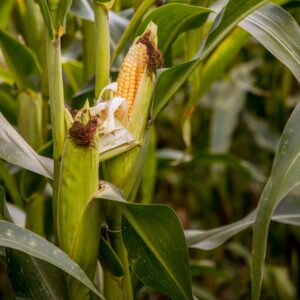
Sources: http://wikipedia.org; Soyabean Market Value Chain Profiles (a Department of Agriculture, Land Reform and Rural Development publication - see "Websites & publications" heading)
For vegetable soybeans, refer to the “Vegetables” page.
Further reference:
See the “Monthly Bulletin” and Sunflower & Soybean Forum presentations on the South African Grain Information Service (SAGIS) website for updated export/import information.
Further reference:

Source: Previous SAGIS notes to this project; SAGIS presentations at www.sagis.org.za; BFAP Agricultural Outlooks 2023-2032, 2022-2031; Soyabean Market Value Chain Profile.
Further reference:
Find the many soybean production videos at www.proteinresearch.net.
Source: "Grow Soybeans with confidence", a brochure put out by the then Protein Research Foundation. Visit www.proteinresearch.net.
There is a levy on soybeans, administered by South African Cultivar & Technology Agency. See www.sactalevy.co.za.
Find contact details for the different directorates of the Department of Agriculture, Land Reform and Rural Development (DALRRD) at www.dalrrd.gov.za.
Further reference:
Training and research
Visit the websites listed earlier on this page.